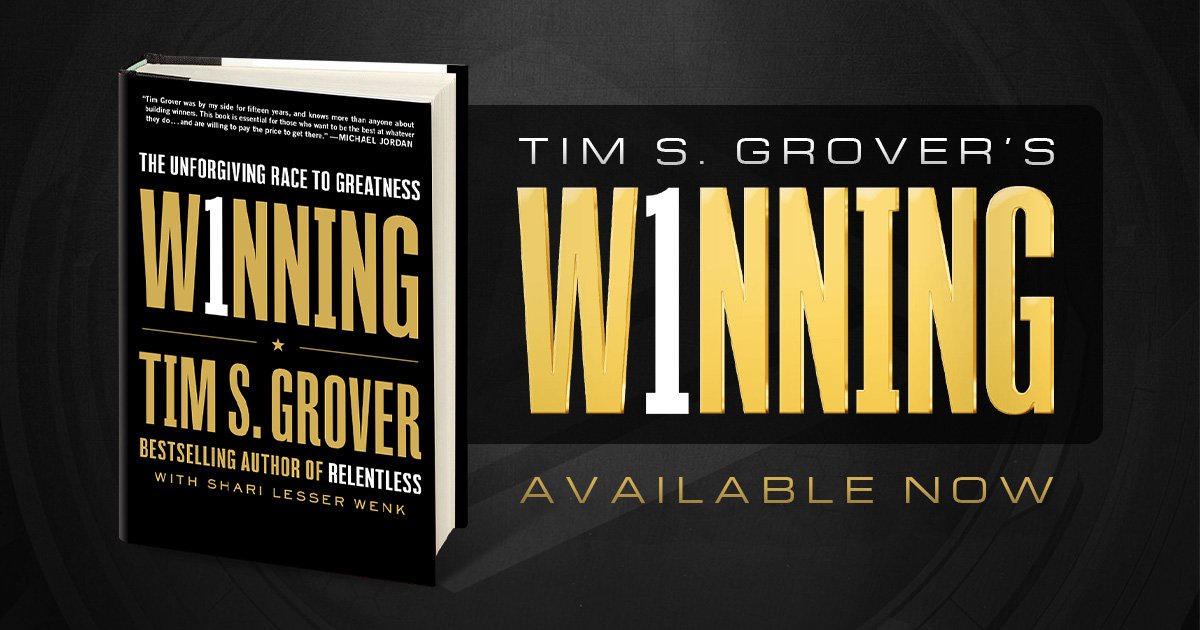By Tm S. Grover
This column appeared first on SI.com.
http://www.si.com/edge/2014/12/18/why-so-many-injuries-be-surprised-there-arent-more
Jabari Parker—selected #2 by the Milwaukee Bucks in the 2014 NBA draft–made headlines this week for two reasons, neither of them good: 1) He suffered a season-ending knee injury, and 2) he became the seventh of the top eleven draft picks to be seriously injured.
It’s hard to overlook those numbers. Seven of the top eleven already injured? Jabari Parker. Joel Embiid. Aaron Gordon. Marcus Smart. Julius Randle. Noah Vonleh. Doug McDermott. At least four of those probably gone for the rest of the season. Coincidence? Curse? The theories began flying: The players are more explosive, the game is faster, the competition is greater, too many games, too much travel. And while many asked, Why so many injuries to young superstars?, a better question might be: Why aren’t there more?
Here’s my theory, and I’m pretty sure I’m correct: These injuries aren’t being caused by the games they’re playing; they’re injured because of the number of practices and games they’ve already played. Hundreds of games, thousands of hours, since they were old enough to pick up a ball. Peewee. Youth leagues. Summer camps. Travel teams. AAU. High school. College. A relentless schedule of games, practice, travel, and training, sometimes for multiple teams and leagues, with multiple trainers and programs. No time for rest or recovery. No time to play or train for other sports. End result: The same muscles, ligaments, tendons, and joints and are used over and over again, in the same direction, the same angles, the same motions. What piece of machinery doesn’t eventually give out from repeated use over many years? At some point, the human body just says, “Enough.”
While many parents believe intensified training and competition will accelerate their child’s athletic career, they may actually be shortening it. At the earliest ages, a child’s undeveloped body isn’t prepared for the punishing physical demands of intense athletic activity. Kids are designed to be active, to play, to use their entire bodies…not to work on the same move over and over and over. Yet the competition to be the best—to get above the rim, to throw a complete game, to lift the most weight—has created a generation of young athletes with chronic injuries and pain that they’ll deal with for the rest of their lives.
And while most young athletes finish their careers by the end of high school or maybe college, those elite few who continue into professional sports already have more than a decade of wear and tear on their bodies. So by the time they turn pro, there’s a good chance they’re already dealing with the early stages of injury, some of which will be serious or career-ending. All these rookies with injuries…they’re still kids.
Athletic success for these young pros doesn’t mean training for a good Combine score, it also means developing a healthy, strong, balanced body that can withstand the rigors of sustained elite competition, under the supervision of a professional trainer or coach who understands the different needs and stages of the developing body. Not all kids develop at the same rate; what works for one athlete may not work for the rest of the team. An ineffective program will give you ineffective results. Everyone is searching for the trendy new workout, but the foundation of an effective training program has always been—and will always be—power and strength. By the time you’re 16—and usually not before–you have to move the iron. If your program does not address power and strength, through an overload principle, you’re skipping the most fundamental element of training and injury prevention for athletic performance. Yoga and balancing on a ball and laying on a table can only get you so far. Most likely, it can also get you injured if that’s all you’re doing.
Also overlooked: the ability to stop. Everyone wants to go fast and hard, but without the ability to decelerate, what happens? Eventually you crash. Any race car driver can go at top speed, but elite drivers know when to speed up, when to slow down, when to stop. Explosiveness without the ability to decelerate will almost always result in injury. To me, it’s one of the most critical elements of effective training. But how many athletes want to learn to slow down and stop? It’s not sexy. But it’s essential. If your training program doesn’t teach you to decelerate in a lift or a movement, you’re only doing half the work.
But the most critical—and overlooked—element of training for longevity is simple: rest and recovery. I’m not talking about laying on the couch playing video games, I’m talking about actively healing your body: stretching, sleeping, foam rolling, compression, ice, nutrition…everything that allows the body to recover and prepare itself for whatever is next. Most coaches don’t work those critical elements into their program because there’s just not enough time. So it’s on you to take responsibility. It’s not a weakness to take time off for that, it’s a weakness to fear that time off equals failure. You can’t push-push-push without also pulling back. For every action there is a reaction. Without rest, there can be no recovery. Without recovery, there is zero chance for long-term success.
Parents: By living your athletic dreams through your kids, you may be damaging theirs. NBA coaches rest their players. Shouldn’t you? Just as we teach kids to have good study habits, we also have a responsibility to teach them good training habits. Not just working hard, but working smart. You don’t achieve that by training more and more to beat out the other kids, you achieve it by allowing kids to rest and recover the mind and body, so they can continue to develop and come back stronger and smarter. Instead of pushing them harder, pull them in and let them physically exhale. What happens outside the gym and training facility is as important to long-term success as what happens inside.



